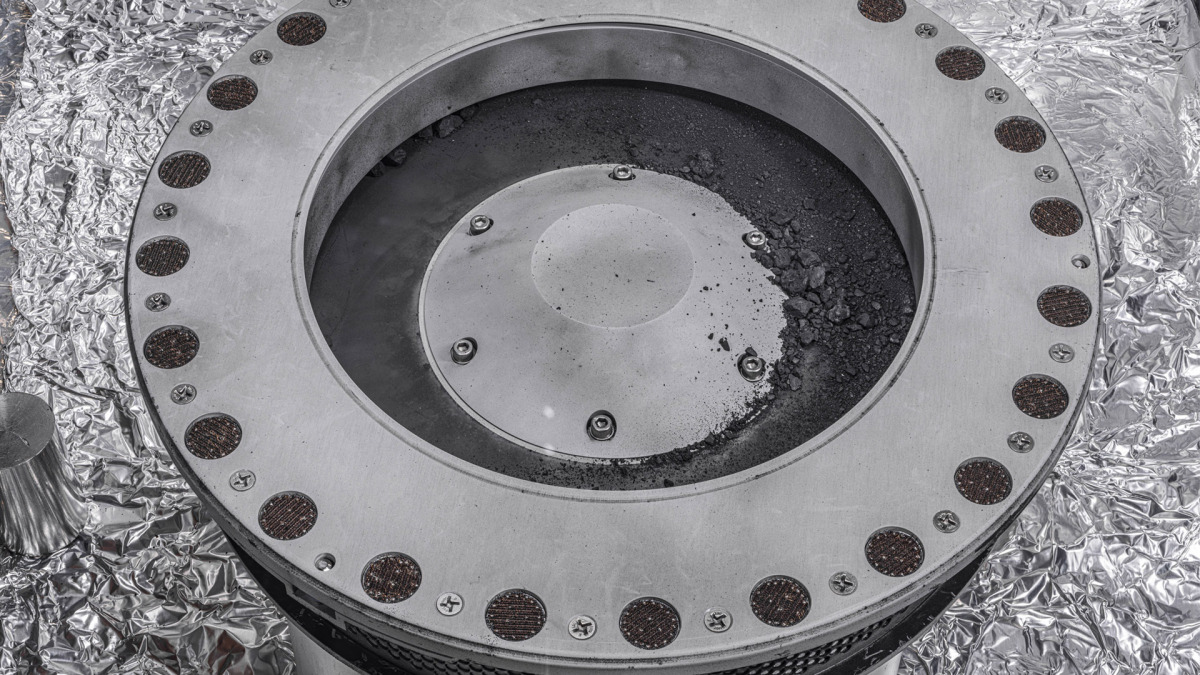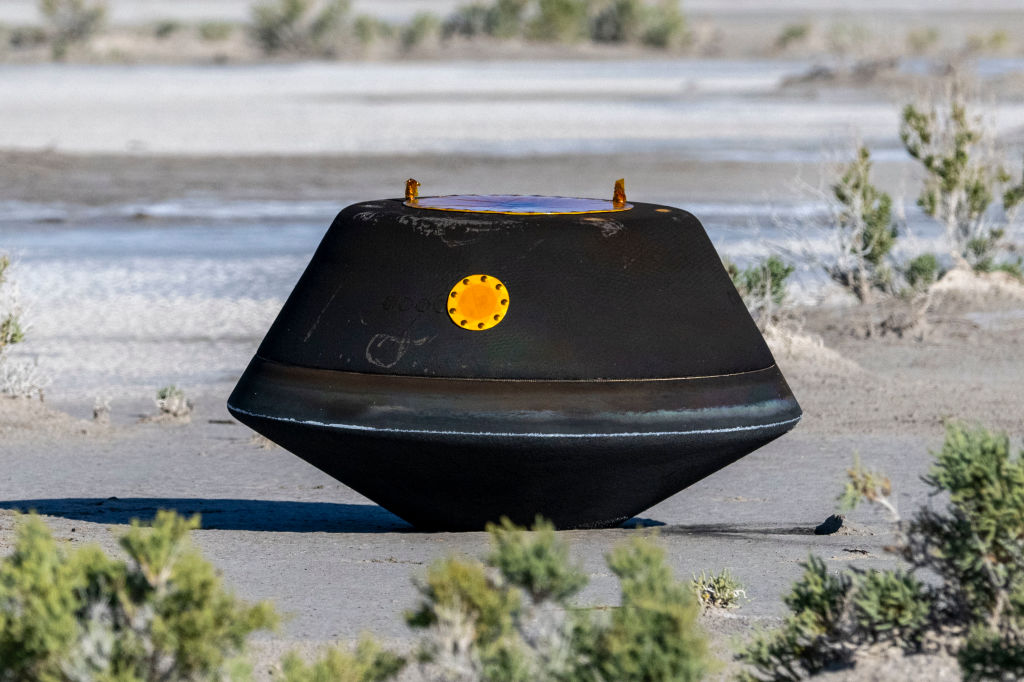NASA Encounters Challenges With Opening The OSIRIS-REx Asteroid Sample Container
NASA encounters challenges with opening the OSIRIS-REx asteroid sample container holding the asteroid dirt from Bennu, which was successfully delivered to Earth in September following a remarkable seven-year mission.
Author:Rhyley CarneyReviewer:Paula M. GrahamOct 26, 20236.9K Shares96.3K Views

NASA encounters challenges with opening the OSIRIS-REx asteroid sample containerholding the asteroid dirt from Bennu, which was successfully delivered to Earth in September following a remarkable seven-year mission. The container, housing a valuable asteroid sample, is proving to be exceptionally well-sealed, causing difficulties in its opening by the Touch-and-Go Sample Acquisition Mechanism (TAGSAM).
The challenge lies in the necessity of opening the TAGSAM within a dedicated glovebox meticulously designed to minimize any potential earth contamination. Scientists are keen on studying the sample in the purest state possible, thus mandating all extraction procedures to occur within a hermetically sealed, clean box. This environment is maintained under a constant flow of nitrogen, with scientists gaining access through attached gloves to ensure a pristine sample handling process.
The TAGSAM, which served as the collection arm head responsible for scooping up a sample of asteroid Bennu's surface in 2020, was subsequently enclosed within a canister that was sent hurtling towards Earth by the OSIRIS-REx spacecraft on its way to its next observation destination.
Recently, the canister has been unsealed, revealing a substantial quantity of asteroid dirt collected from outside the TAGSAM. This development is indeed positive news.
However, the TAGSAM head was sealed using 35 fasteners, and regrettably, two of these fasteners cannot be removed using the currently approved tools available within the glovebox. While it's possible to extract the TAGSAM head from the glovebox, this approach would expose the sample to undesirable levels of contamination.
The sample will eventually be accessed, but it will necessitate a clever and precise maneuver. Any tools used in this process must be accommodated within the confines of the glovebox, maintain the sample's integrity, and adhere to stringent clean room standards.
In a recent blog post by NASA's Erin Morton, the team has been working to develop and implement new approaches to extracting the material inside the head while continuing to keep the sample safe and pristine.
Furthermore, there's more promising news to share. Originally, the team had set their sights on capturing a minimum of 60 grams (2.1 ounces) of dust from asteroid Bennu using the TAGSAM. Through meticulous examination of material from the travel canister and the exterior of the TAGSAM, NASA's OSIRIS-REx team has successfully amassed a substantial 70.3 grams (2.48 ounces) of asteroid Bennu material.
Contained within the canister lies even more of this valuable material, estimated to be as much as 250 grams (8.8 ounces), opening up exciting scientific prospects.
While it may take a few weeks to devise a solution, the science team is diligently working on this challenge. In the interim, the TAGSAM has been carefully placed back into the transfer container, securely sealed with an O-ring, and enclosed within a nitrogen-filled Teflon bag to maintain its cleanliness and purity.
Conclusion
As we anticipate the contents of the container, we have 70.3 grams of asteroid material to commence scientific exploration. OSIRIS-REx initiated its mission as far back as 2016, so we can certainly exercise some patience for a few more weeks to uncover the mysteries hidden within the captivating black dirt it has brought back to Earth.
Jump to

Rhyley Carney
Author

Paula M. Graham
Reviewer
Latest Articles
Popular Articles
